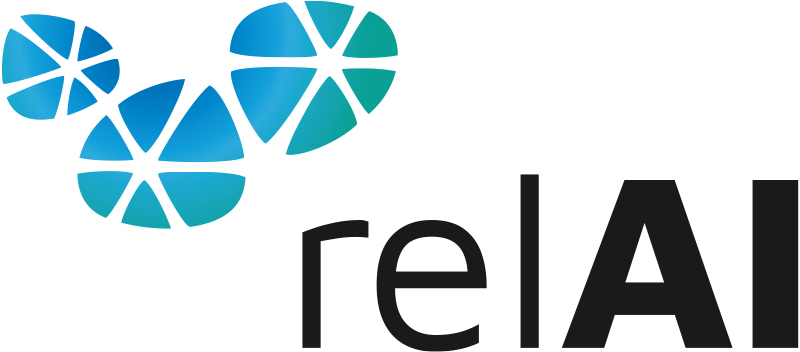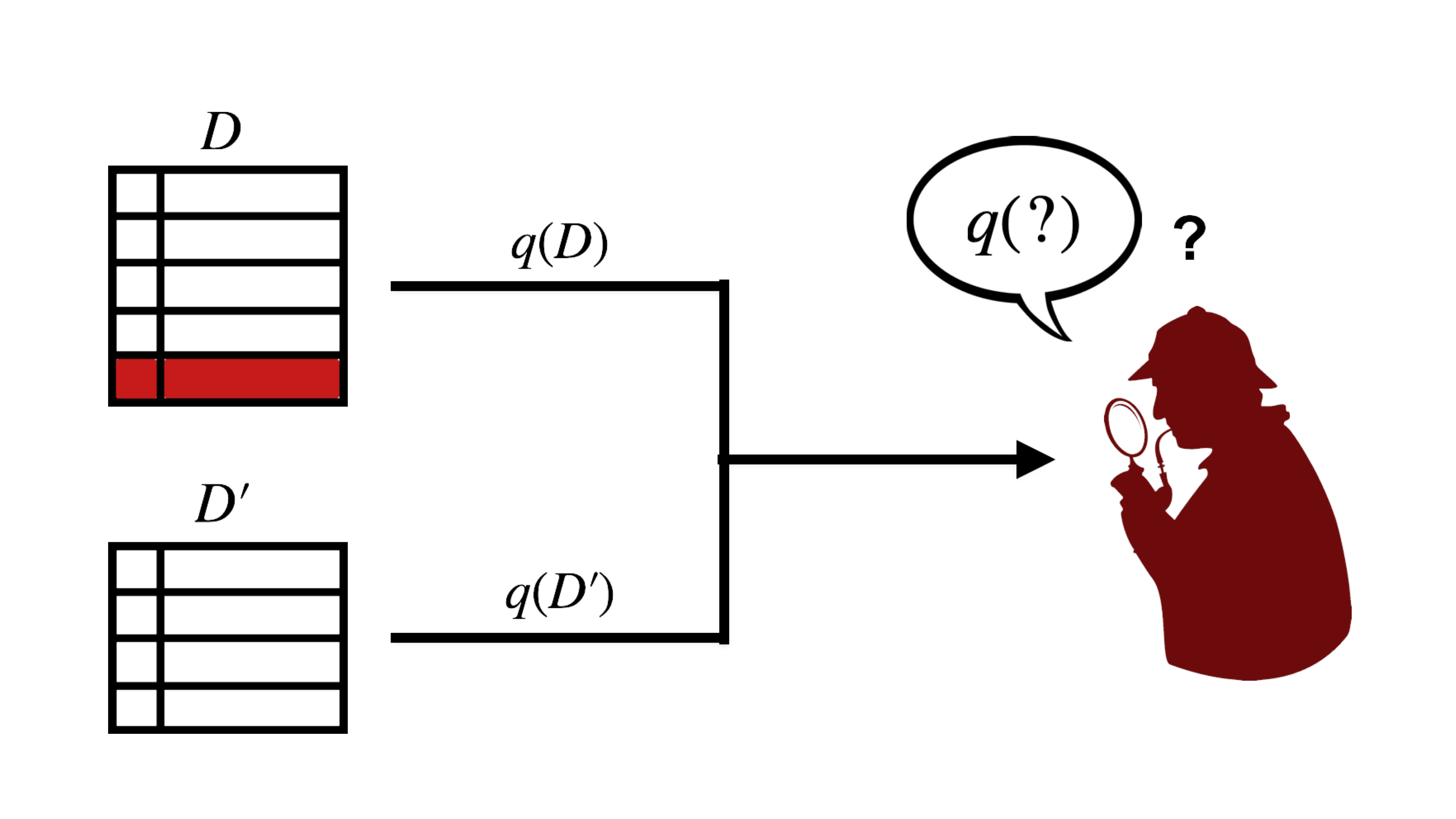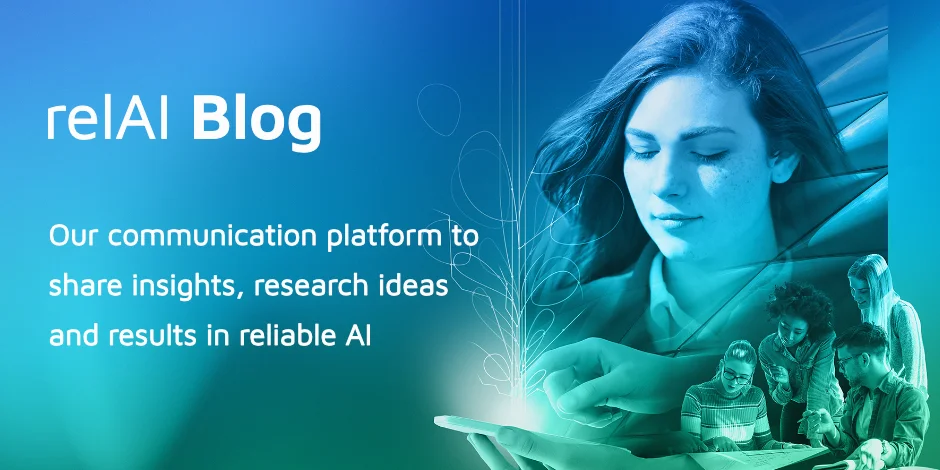Figure: A home robot helps to place the book following human instruction. The figure is generated by Gemini 2.5 Flash AI model.
Imagine asking your home robot: ''Hey, robot – can you go check if there is a blue book on the table? If so, please place it on the shelf.'' This isn't just a scene from a science fiction movie; it's the ambitious goal of Embodied Instruction Following (EIF). EIF is a cutting-edge field in Artificial Intelligence (AI) that enables agents—be they physical robots or virtual assistants—to understand and act upon human instructions by directly interacting with their surroundings. It's about forging a real link between our everyday language and intelligent, context-aware actions in the world.
EIF is pivotal for creating AI systems that can genuinely collaborate with humans in shared spaces, moving far beyond the capabilities of current voice assistants. It requires an agent to infer a sequence of actions from complex language and visual inputs to achieve a goal. The "embodied" part means these interactions are grounded in a physical or realistically simulated space.
This post will introduce EIF, from its core ideas to the challenges and exciting future ahead.
What Exactly is EIF? The Core Ideas
At its heart, Embodied Instruction Following (EIF) is about an AI agent interpreting complex natural language instructions and visual information to decide on and then execute a sequence of actions. The aim is to achieve a specific goal by interacting with objects in complex environments.
Why a Body and Environment are Crucial
"Embodiment" in AI means the system has a physical presence (like a robot) or a virtual one in a detailed simulation. This body allows the AI to perceive its surroundings and act within them. This is deeply linked to "Embodied Cognition" 1, the theory that intelligence is shaped by an entity's physical body and its worldly interactions. The body helps the AI "ground" language—connecting words like "the blue book" to actual visual perceptions and potential physical feedback. This is a key difference from disembodied AI like Large Language Models (LLMs), which process text but lack this real-world grounding.
The agent learns and acts through a continuous sensorimotor loop: perceive, plan, act, observe the results, and then refine understanding for the next action. This loop is what allows an EIF agent to dynamically adapt to the real world.
How EIF Systems Work
As we mentioned above, an EIF system generally needs the capability of visual perception, language understanding, planning and reasoning, and action execution. To achieve these capabilities, key architectural components usually include:
Natural Language Understanding (NLU) Module: Parses instructions and interprets their meaning. LLMs are increasingly vital here for their ability to understand nuance and commonsense.
Environmental Perception & Modeling Module: Recognizes objects, understands spatial relationships, and often builds an internal map of the environment.
Planning & Reasoning Module: Decomposes tasks, selects actions, and adapts plans. LLMs also play a significant role here.
Action Execution Module: Translates plans into precise motor commands.
Currently, there are usually two kinds of roadmaps to develop an EIF system. One is an end-to-end system, and the other one is a modular system. An end-to-end system tries to learn a direct mapping from sensory inputs to actions using a single large neural network. It can discover complex correlations but often requires vast amounts of training data and can be "black boxes." In contrast, a modular system breaks the EIF task into distinct components (NLU, perception, planning, action). It is often easier to interpret and debug but can suffer from error propagations.
From the perspective of learning paradigms, we can also classify the current popular methods into two categories: imitation learning and reinforcement learning. With imitation learning, the agent learns by mimicking expert demonstrations. It's straightforward but limited by the quality and coverage of demonstrations. Different from this, with reinforcement learning, the agent learns through trial and error, receiving rewards or penalties. It can discover novel strategies but is often sample-inefficient. Hybrid approaches, combining these methodologies, are increasingly common.
Key Challenges in EIF
Currently, despite the progress in the field of LLMs and robotics, there are still many challenges in developing a good EIF system.
Firstly, human's instructions are often underspecified or context-dependent (e.g., "Take a mug" when multiple mugs are present). Agents need to infer intent or ask clarifying questions. Secondly, the agents need better generalization capability to perform reliably in new environments, with new tasks, or different ways of phrasing instructions is a major hurdle. Moreover, training robust EIF agents requires vast amounts of diverse data, but the real-world data is too expensive to collect. Simulation helps, but on one hand, it's also not easy to build a simulation environment that can approach the real world's condition. On the other hand, transferring models from simulation to real robots (the "sim-to-real gap") is also challenging due to differences in visual fidelity and physics. In addition, safety and robustness are also critical perspectives. The agents must operate safely around humans and be robust to dynamic, unpredictable real-world settings.
What's Next?
The field is pushing towards more human-like understanding, interaction, and adaptability. There are quite a lot of future directions that we can explore. For example, (1) lifelong learning: Agents that continuously acquire new knowledge and skills; (2) Advanced World Models: Agents building more comprehensive internal models of the world to improve planning and generalization; (3) Multi-Agent EIF: Systems where multiple agents collaborate or interact more deeply with human instructors; (4) Embodied Multimodal Large Models: Deeper integration of sensing, reasoning, and action within large model architectures. A major goal is enabling agents to operate in truly "open worlds" with novel objects and unpredictable interactions.
Conclusion
Embodied Instruction Following is where language, vision, and action meet. It's a complex, interdisciplinary challenge driving innovation across AI. While hurdles remain, the progress towards intelligent machines that can truly understand and act on our words in the physical world is accelerating, promising a future of more intuitive and powerful human-AI collaboration.
References
1. Shapiro, Lawrence. Embodied cognition. Routledge, 2019.









